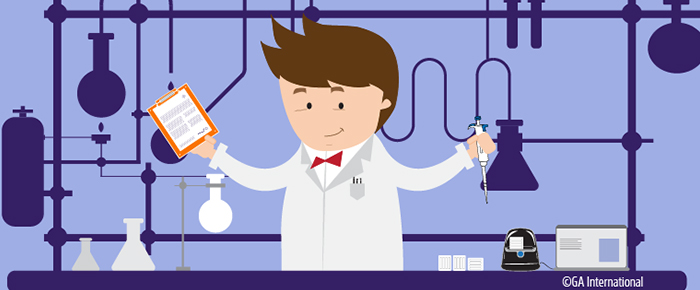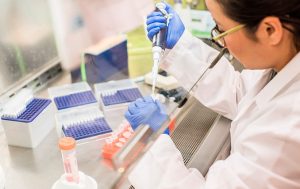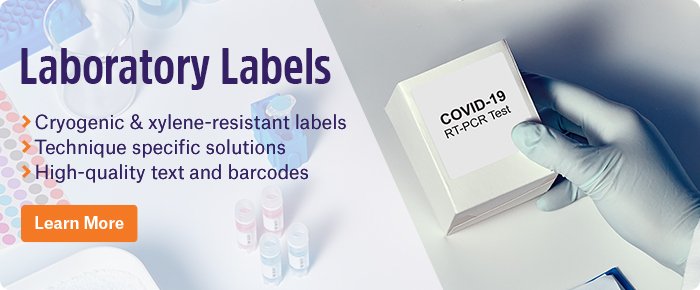 One of the primary skills a scientist should have is planning and organizing their work. Multiple experiments often need to be carried out simultaneously throughout the week, with basic laboratory tasks (e.g., maintaining cell cultures and cleaning up) thrown in for good measure. Here are some tips to help when you begin planning your labwork.
One of the primary skills a scientist should have is planning and organizing their work. Multiple experiments often need to be carried out simultaneously throughout the week, with basic laboratory tasks (e.g., maintaining cell cultures and cleaning up) thrown in for good measure. Here are some tips to help when you begin planning your labwork.
#1 – Know your limits
One of the keys to maintaining a steady stream of productivity in the lab is avoiding burnout. Burnout is no joke, especially in the lab, where it can lead to stress, loss of concentration, and critical errors. Too much labwork can also lead to repetitive stress injuries, where hours of pipetting can take a horrible toll on your wrists.
When forming a work plan, whether it’s for the week, the month, or the year, the most important thing you should do is make sure you don’t take on too much. Though it’s tempting to crunch in as much work as possible, it’s often not a realistic proposition. It’s also sometimes futile, as performing a limited number of experiments may yield pertinent information that will allow you to improve the design of the next set of experiments.
To properly assess what constitutes too much, it’s worth approximating how long each task takes. Even if you’ve performed the experiment many times before, always assume that you’ll take a little bit of extra time compared with how long you’re expecting it to take, in case of unintended problems.
#2 – Schedule breaks
You should always make room for breaks, for the same reasons you avoid planning too much. They provide an opportunity to reset, to gather yourself, and to prevent fatigue. These rests don’t have to be long either, maybe 10 to 15 minutes each. Lunch breaks are also necessary; skipping lunch may save you some time but running low on energy during a critical part of the experiment could lead to unnecessary errors.
#3 – Stagger experiments
With experiments often having prolonged incubation times, it can be appealing to clump experiments into a one-size-fits-all set of tasks. The best way to fit in as much as possible is to stagger labwork by taking advantage of breaks within each protocol. However, just like a puzzle, if the pieces don’t fit together, don’t force them. Either perform the tasks sequentially, modify them (if possible), or ask for help.

#4 – Include safety and clean-up tasks
No protocol is complete without a proper assessment for safety and clean-up. For tasks as simple as passaging cells in the biosafety cabinet, allocate time throughout the week for cleaning up containers of used consumables, aspirated media, and other hazardous items. Try to tidy up routinely during an experiment’s down-time to avoid large clean-up jobs at the end.
#5 – Make sure everything you need is available before starting
There are a lot of advantages to making thorough lists of reagents, consumables, and equipment. The main advantage is that you won’t be left stuck in the middle of the protocol without a crucial component, forcing you to either perform only a fraction of the work, run to neighboring labs searching for the missing reagent, or halt the procedure entirely. You’ll also want to make sure you have all the correct samples and controls for the test as well.
When it comes to planning time for the experiment, be sure to include a short period for updating your inventory. It’s tempting to compile a full list at the end of the protocol or even a day later, but by doing this, it’s more likely you’ll forget to order new stock when needed. Tracking things in real-time is ideal, as it prevents errors from creeping into your lab’s inventory.
Also, make sure that the proper safety equipment is available before beginning your work; if you’re discovering that you’re missing things like masks and safety goggles in the middle of a protocol that requires them, you’re risking a full stoppage in the middle of an assay. Missing safety equipment can also lead you to weigh potential health risks versus the inconvenience of restarting an experiment, a game you never want to play.
#6 – Use a LIMS
Implementing a laboratory information management system (LIMS) is the most efficient way to schedule your entire workflow. A cloud-based LIMS will allow you to schedule tasks, manage inventory, and analyze results in one electronic platform. By using a cloud-based system, everyone in the lab can view all scheduled assignments, making it easier to adjust your schedule to compliment everyone else’s, as well as book equipment, ensuring they are free when you need them. It also keeps track of your inventory, from your samples’ location to the volume in each tube, making it simpler to assess whether you have what you need to begin.
#7 – Plan a preliminary experiment, if necessary
Preliminary experiments are quite useful for performing all the troubleshooting necessary to get your assays running as smoothly and efficiently as possible. They’re also a great way to determine how long a task will take you, especially if you’ve never attempted it before.
#8 – Create or update SOPs to help plan for next time
Once an experiment is complete, it’s essential to either draw up a formal standard operating procedure (SOP) or update the current SOP with any necessary modifications. A detailed SOP will ensure that anyone who uses the protocol again, including yourself, will be able to accurately assess how long it will take to perform. Notes regarding the experiment should also be taken in your lab book as time permits. Waiting until after the assay is complete, or even the next day, could result in important information being forgotten or left out.
#9 – Schedule your meetings, classes, and events ahead of time
Labwork isn’t the only thing to contend with, regardless of where you work and what your position is. Conferences, classwork, lab meetings, and other events like holiday gatherings and vacation are all a significant part of your work life. It’s best to schedule as much in advance for the year as possible to avoid conflicts down the road. Sites, such as Bookkit, provide a platform to schedule both meetings and equipment usage, which provides a cloud-based system for users inside and outside your lab.
#10 – Consider implementing Lean and Six Sigma principles in your work
Lean and Six Sigma are forms of business process management that aim to improve end-to-end workflows. Lean is primarily focused on improving workflow and eliminating waste. In contrast, Six Sigma is a method of continually detecting faults in a process, readjusting, and finding solutions to increase its speed and consistency. Using these principles to streamline workflow will ultimately improve your ability to schedule work as your SOPs and other tasks become significantly more standardized and efficient.



